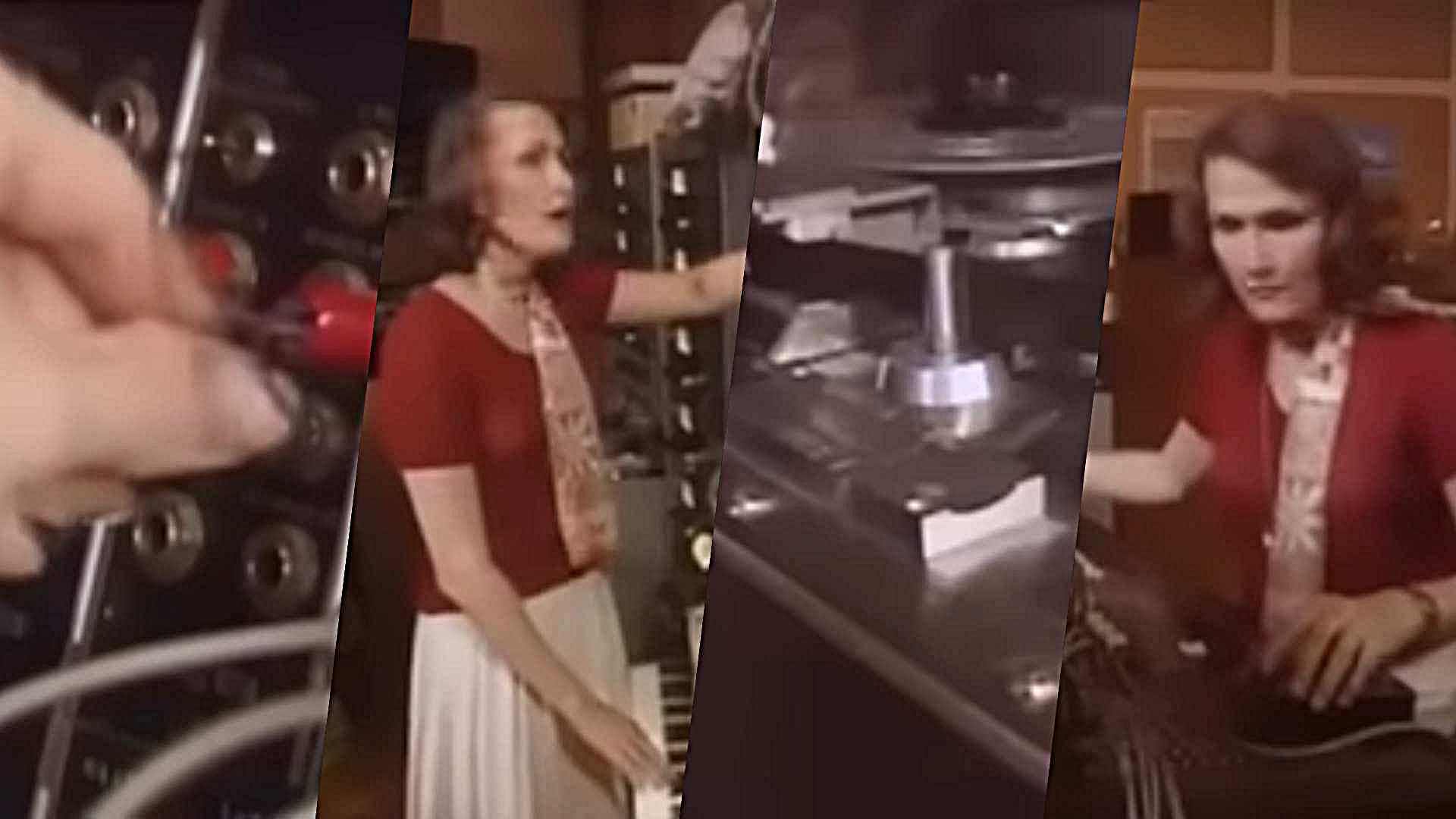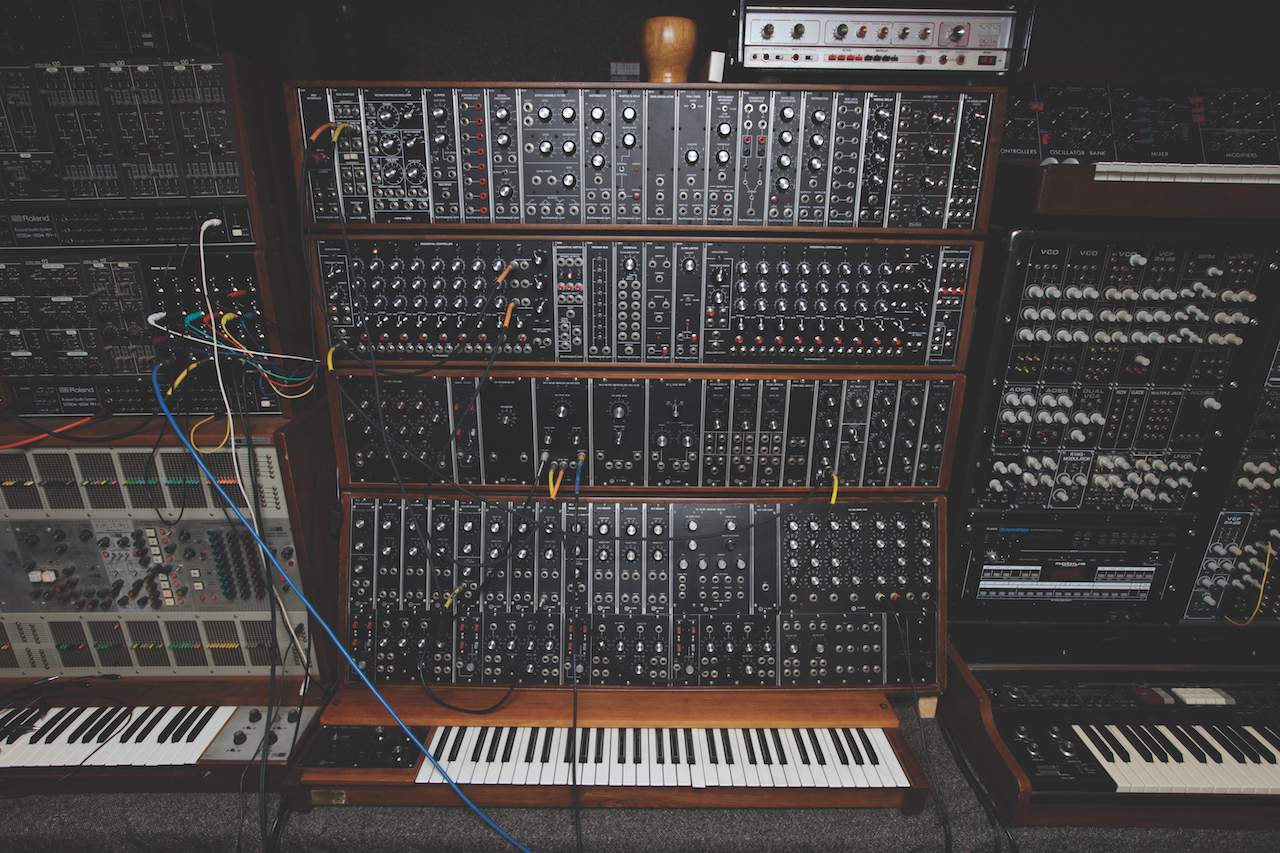
Of course these days we take synthesizers for granted and their infinite variety of sounds can be enjoyed for what they are. In earlier times however synthesizers were mysterious and worrisome fakery, capable of emulating the sounds of classical instruments, from french horn, to strings, to xylophone, and thereby putting the countless members of limitless orchestra members out of a job.
It’s a situation that’s currently neatly being being echoed in today's mither around AI and whether the inevitable onslaught of technology will prove to be a force for good for music – making new sounds and styles possible – or whether it will step in and usurp everything we know and love in favour of something worse.
Thus such a fractious scenario formed ideal fare for the BBC’s balanced and wholesome Horizon popular science TV show circa 1989. Broadcast through the 80s and 90s in the UK, Horizon aimed to enlighten and explain the crushing onslaught of technology and which, in a ‘new’ show, unearthed and available on YouTube, tackles the issue of electronic music from a delightfully limited 1989 perspective.
Clearly coming down in favour of new tech, we find Wendy Carlos, the electronic music pioneer best known for her arresting, all synthesizer work scoring Stanley Kubrick’s 1971 movie Clockwork Orange as Walter, before transitioning to Wendy for her work on The Shining nine years later.
And before any of that there was 1968’s Switched On Bach, Carlos’s novel, 100% synth-powered spin on classic tunes that got tongues wagging, putting the work of Robert Moog on music-makers' radar and perhaps being best known as the wholly appropriate theme tune to the ‘old stuff brought up to date’ Sunday night, post Songs of Praise, TV Gran-pleaser, The Antiques Roadshow.

Thus it was Carlos who the makers of 1989s BBC TV show Horizon went to when wishing to explain to everyone at home just what all this ‘synthesizer’ stuff was all about.
In the clip we see Carlos gamely explaining the workings of her synth and the process of crafting the output of ‘pure tones’ and ‘waves’ through ‘filters’ to create assimilations of recognisable real world instruments (all while doubtless worrying flugelhorn and xylophone players nationwide in the process).
It’s worth noting that even at this early point in synth history, the pioneering Carlos is herself already rather out of date, choosing to perform her demo on a Moog Modular, elements of which date back to the mid-'60s before moving onto her ultra-rare, all digital Crumar Digital Development system from 1979.
This, despite the fact that by 1989 the world was already awash with altogether more stylish fare from Japanese manufacturers such as Roland and Korg and Yamaha’s all-digital FM-based DX7 and its many spin-offs had already been dominating synth sales (and every record of the day) for six years.
If Carlos had really wanted to impress in 1989, perhaps she should have reached for the ‘new’ soon-to-be-smash-hit synth-plus-sample Korg M1 workstation, released a year before? Still, the inclusion of the Crumar’s ‘Shake’ control – delivering the final mallet impact part of her xylophone emulation – has got us intrigued.
Take a look, ponder the past, and perhaps learn something new from one of music’s true legends via the video above.







